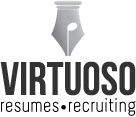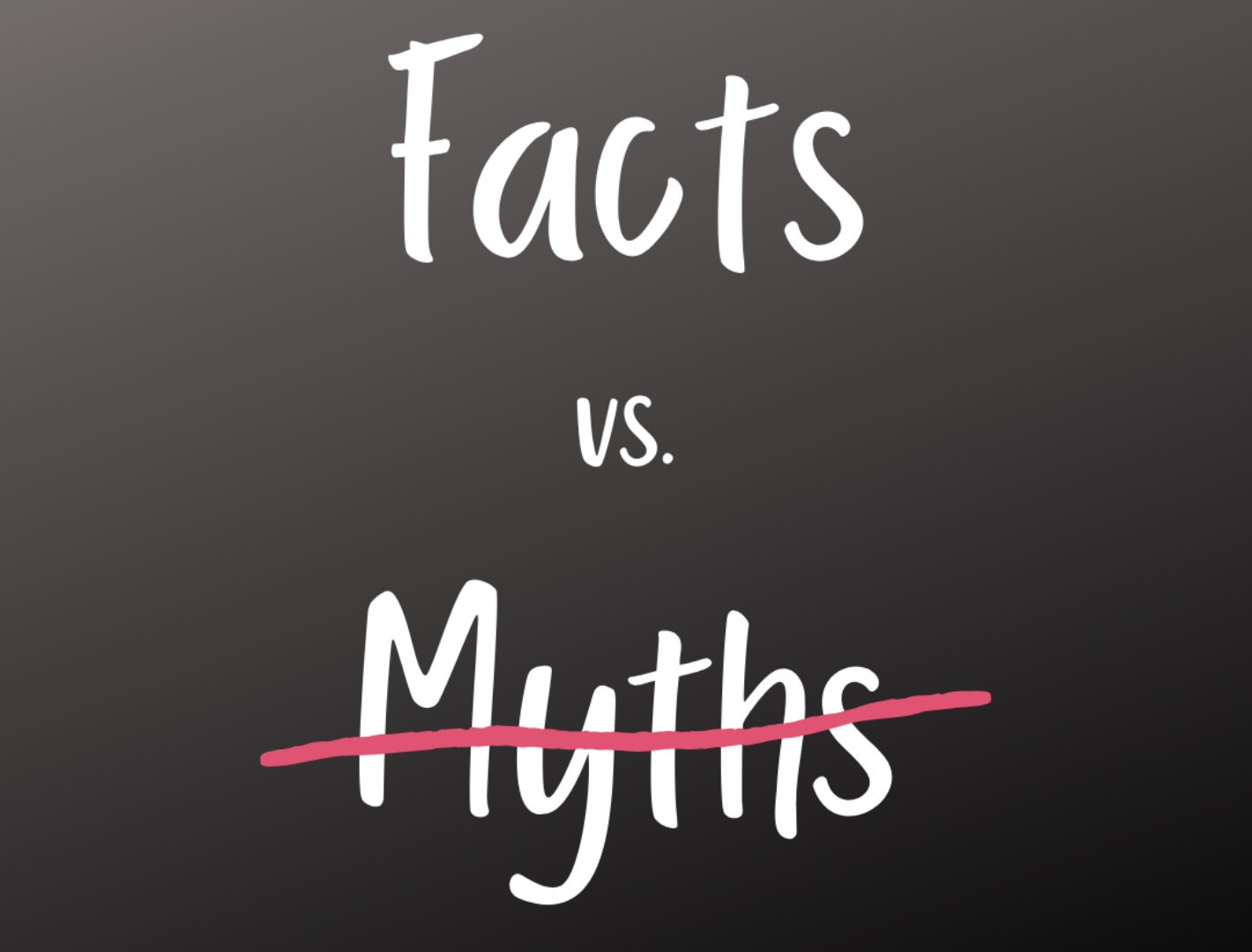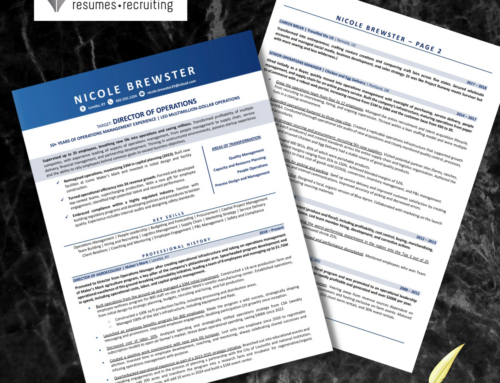If you’ve been applying to jobs anytime in the last decade or so, you’ve no doubt encountered ATS systems. Whether the term was whispered in hushed tones among job seekers or hurled as the villain of the modern job search, everyone has an opinion. Are ATS systems really that awful? Are the horror stories of how they’re keeping you from your dream job true? It’s time to push through the applicant tracking software (ATS) systems myths vs. reality and get the real scoop on applicant tracking software systems.
Myth #1: ATS systems are robots that auto-reject resumes
The Truth:
Okay, let’s start here. Yes, ATS systems are software, but no, they don’t have the emotional range of a cold-hearted robot. They’re not sitting there gleefully rejecting every resume that dares to cross their path. (And, in case you’re wondering, ATS stands for applicant tracking software.)
ATS systems are simply tools used by hiring teams to organize, filter, and manage resumes. Think of them as databases that help employers and recruiters sift through hundreds (sometimes thousands!) of applications by ranking resumes based on keywords, experience, and qualifications. But—surprise, surprise—a human still reviews those top resumes. If your resume is solid, targeted, and relevant to the job, it has a very real chance of landing in that hiring manager’s hands.
One thing to note: If an application asks a qualifying question—and you don’t answer appropriately—your resume can be auto-rejected. This is called a “knockout question.” Likewise, if you don’t have some of the major keywords on your resume. Case in point, always update your resume for each position.
Myth #2: You need to stuff your resume with keywords to get past ATS systems
The Truth:
I get it. You’ve heard the advice to “keyword stuff” like it’s the only way to win the ATS game. But let’s be real: Overloading your resume with every possible keyword related to the job posting can make it read like a jumbled mess. And trust me, hiring managers notice this—and not in a good way.
While keywords are important, your resume should remain professional, easy to read, and relevant. ATS systems are smart enough to pick up on meaningful keywords, not just a random laundry list of industry jargon. Instead of cramming, take the time to naturally weave relevant keywords from the job description into your resume. That’s how you balance pleasing the bots and keeping your resume human-friendly.
Myth #3: fancy resume designs will mess with ATS systems
The Truth:
It’s true that some ATS systems can have trouble reading fancy formats, but not all are created equal. While a beautifully designed resume can be a real showstopper, simplicity is key when applying online.
Opt for a straightforward format with clean lines and use a standard font like Calibri. Ditch the things that ATS systems choke on: text boxes, tables, and columns. Keep your contact information out of the header or footer (at least on the first page), since the systems can’t read those either. Simply put, if you want your content to be read by ATS systems, you need to keep it simple.
What’s the takeaway here? You can still create a visually appealing resume, if that suits you. But for online applications, stay with something that works with ATS systems. Save your fancy version for handing out at in-person networking events or interviews.
Myth #4: ATS systems won’t read my resume unless it’s a PDF
The Truth: Ah, the file format dilemma. Should you go PDF or Word? PDFs certainly have their advantages, but if you started your resume in Pages, Google Docs, or (no! don’t do it!) Canva, that final PDF could end up looking like digital spaghetti.
Most ATS systems are built to handle PDF and Word docs without issues. To be safe, always check the job posting for file format preferences and send accordingly. As a trick, you can save your final PDF as a .txt file to get an idea of how ATS systems will see it. If it’s blank or looks like spaghetti, it’s time to head back to the drawing board.
Myth #5: If I don’t have the exact information, ATS systems will reject my application
The Truth:
Here’s a gem of a myth. No, ATS systems aren’t looking for exact job titles and terms to put you in the “yes” pile. What they really do is scan for related experience, skills, and achievements that fit the job description.
If you’ve had positions that are similar to the one you’re applying for, make sure to showcase how your experience aligns with the job requirements, even if your previous title doesn’t match exactly. Use similar terms that match the job ad, but don’t try to pull a fast one with a fake title. ATS systems aren’t out to get you, but they do value honesty.
How can you work with ATS systems and not against them?
Looking for some actionable ways to accelerate your application? I got you:
Customize every resume for every application
Tailor your resume to each job description. Focus on relevant skills and keywords, but make sure they fit naturally into your experience. (Here’s a link to an article I wrote about identifying keywords.)
Use simple formatting
Stick with basic formatting: standard fonts, no images, no funky text boxes. Make it easy for both the ATS systems and hiring managers to read.
Follow instructions
This is for those laissez-faire folks who don’t like rules. If the job posting asks for a specific file format or structure, follow it to a T. It’s not just about getting past the ATS systems; it shows you pay attention to detail.
Leverage the job description
It’s like getting the answers to the test when you actually read and use the language and terms from the job posting. Those same words are in the ATS system—and they are what they’re looking for—so use the cheat sheet appropriately.
Stay authentic
Please, for the love of everything good, do NOT add keywords in white type or on a “hidden” page. Don’t include keywords for things you can’t do either. While these approaches might push your resume through that first step to an interview, you will be found out. And recruiters talk to each other. Trust me on this one.
Bust the ATS systems myths and help them help you
ATS systems aren’t out to ruin your career prospects. This is just another tool in the hiring process. By focusing on relevance, simplicity, and attention to detail, you can work with the systems to help get your resume where it belongs—at the top of the pile.
You need to forget the myths and focus on substance. If you’d like some help with this, let me know. I’ve helped hundreds of job seekers win the game of applying and land more interviews faster.












